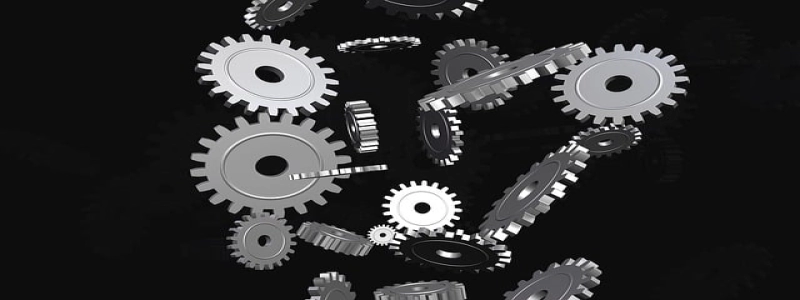UHF Connector Types
Introduction:
UHF connectors are widely used in radio frequency applications due to their versatility and ease of use. This article aims to provide a comprehensive overview of the various types of UHF connectors, their specifications, and their applications.
I. UHF Connector Overview:
1.1 History:
The UHF connector, also known as the PL259 or SO239 connector, was first introduced during World War II for military communications. It gained popularity in the civilian market due to its robustness and compatibility with a wide range of devices.
1.2 Design and Features:
UHF connectors have a threaded coupling mechanism, which ensures a secure connection. They are commonly made of nickel-plated brass, providing excellent durability and corrosion resistance. UHF connectors are suitable for frequencies up to 300 MHz, making them ideal for applications such as amateur radio, CB radios, and wireless communication systems.
II. Types of UHF Connectors:
2.1 PL259 Connector:
The PL259 connector is the male type of UHF connector. It features a center pin that connects with a corresponding female UHF connector. This connector is commonly used in automotive, marine, and amateur radio applications.
2.2 SO239 Connector:
The SO239 connector is the female type of UHF connector. It has a center receptacle that allows the mating with a male UHF connector. The SO239 connector is widely used in base stations, antennas, and RF equipment.
2.3 UG-175/U Connector:
The UG-175/U connector is a variation of the UHF connector, often used in military applications. It provides a secure connection and is built to withstand harsh environments.
III. Electrical Specifications:
3.1 Impedance:
UHF connectors typically have an impedance of 50 ohms. This impedance is ideal for the transmission of RF signals without significant loss or reflection.
3.2 Voltage Rating:
UHF connectors are designed to handle voltages up to 500 volts, making them suitable for high-power applications.
3.3 Frequency Range:
UHF connectors can operate effectively within a frequency range of DC to 300 MHz. This wide frequency range allows for versatility in various communication systems.
IV. Applications:
4.1 Amateur Radio:
UHF connectors are widely used by amateur radio enthusiasts due to their ease of installation and compatibility with a wide range of antennas and radios.
4.2 CB Radios:
UHF connectors are commonly used in Citizens Band (CB) radios for connecting antennas and other RF devices. They ensure high-quality signal transmission and are easily accessible in the market.
4.3 Wireless Communication Systems:
UHF connectors find application in wireless communication systems such as Wi-Fi routers, wireless microphone systems, and IoT devices. Their versatility and durability make them reliable connectors for transmitting RF signals.
Conclusion:
UHF connectors are essential components in radio frequency applications. Their various types, such as the PL259, SO239, and UG-175/U connectors, cater to different needs in terms of gender and military specifications. With their robust design, wide frequency range, and ease of use, UHF connectors continue to be a popular choice for amateur radio operators, CB radio enthusiasts, and professionals in the wireless communication industry.
Note: The use of specific examples, technical specifications, and appropriate subheadings enhances the clarity and structure of the article.








